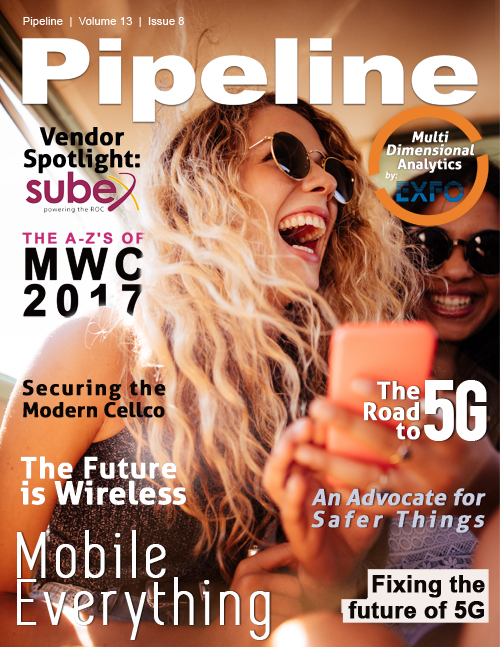Fixing the future of 5G
Service distance between links can be reduced; however, this is more costly and the obstacles that disrupt mmWave frequencies still remain. ISPs face a dilemma: there is a need to provide connectivity over long distances, and which can penetrate foliage. However with limited availability of mmWave line-of-sight links, this frequency will not deliver.
Connectivity in the sub-6GHz spectrum
Fortunately there is an alternative. Rather than using limited mmWave channels, ISPs should switch their focus to re-using the sub-6GHz spectrum encompassing both unlicensed and various licensed spectrum which are better suited for fixed wireless propagation in neighbourhoods. Over 14,000 wireless ISPs globally have quietly proven in rural areas that the sub-6GHz bands are extremely effective at delivering fixed wireless services at long distances. Plus, unlike the relatively high costs of high frequency 28GHz, sub-6 GHz costs come in below $100 per subscriber, making it a cost-effective alternative.
These bands have traditionally been considered out of bounds because there is less spectrum available when compared to mmWave bands. However, new spectrum reuse GPS technologies are emerging which can coordinate transmissions across a network. This makes it possible to run an entire network on only two operating channels. Interference between signals can thus be avoided with spectrum recycled across dense geographic areas.
Massive MIMO (multiple-input multiple-output) technology can also help to solve interference by using a large number of antennae at the base station, serving many users in densely-populated areas, while staying within the confines of the spectrum. This results in considerable cost savings; the current cost of subscriber equipment in the mmWave spectrum can be more than seven times that of sub-6GHz equipment, which is already in use today. This new wireless architecture is poised for large scale use in high-density neighbourhoods for multi-point deployments for the first time.
Spectrum sharing proves its worth
The viability of spectrum-sharing techniques will be widely proven in the U.S. this year, with the introduction of the Citizens Broadband Radio Service band. This is a new sharing plan for ISPs in the 3.5GHz band, making 150MHz of the spectrum available. It also offers a new Spectrum Access System (SAS) database to allow spectrum sharing. The SAS has two critical functions that can enable this to happen: it can keep track of current incumbent use of spectrum so that it can be protected, and issue new licenses or access in the band. Completely clearing out existing use by government and other wireless applications can be extremely expensive, so we can expect that if the SAS is successful, we’ll see it proposed as a solution to add new fixed and mobile applications into a variety of underutilized bands.
Google is actively conducting experiments in this 3.5GHz band in up to 24 areas in the U.S., and preparing for the new SAS spectrum-sharing database to go live in early 2017. With new innovations in spectrum re-use, using the 3.5GHz spectrum could further extend the value of the spectrum sharing in the sub-6GHz spectrum and help ISPs unlock the capabilities of unlicensed bands. This trend will not be limited to the U.S., and we’re likely to see other countries across the world seek to replicate this technique and open up alternative bands to deliver connectivity at a lower cost.
With 5G tests and trials being announced across the globe, fixed wireless will undoubtedly play an important role in the commercial roll-out of the technology. By carefully deploying and comparing different models, we’re now able to witness the impact of different spectrum in varying deployment environments, applications, and resulting costs. With the licenced mmWave spectrum falling short in terms of cost and usability, operators must consider the use of the sub-6GHz spectrum, which can reliably deliver connectivity in built-up areas. With continued trialing of technologies and methods, we are closer than ever to an efficient 5G infrastructure that can serve all environments on a global scale.



















